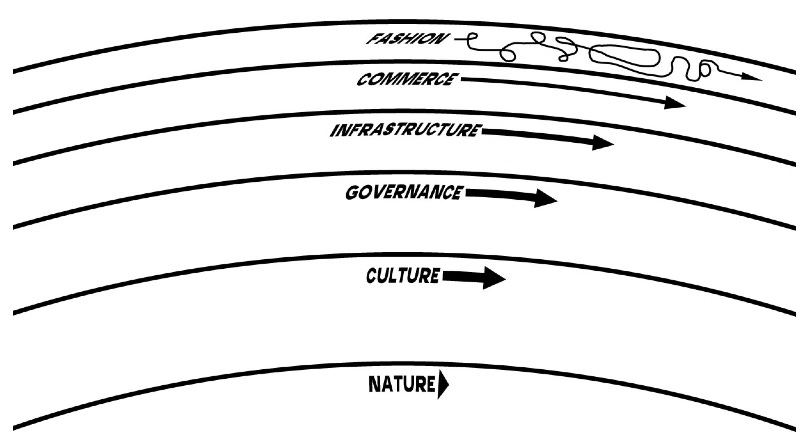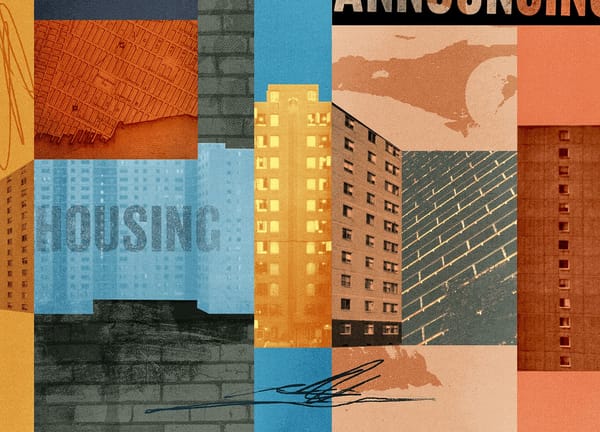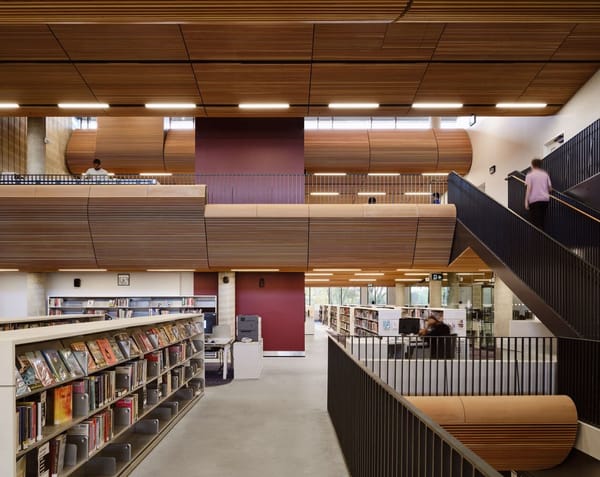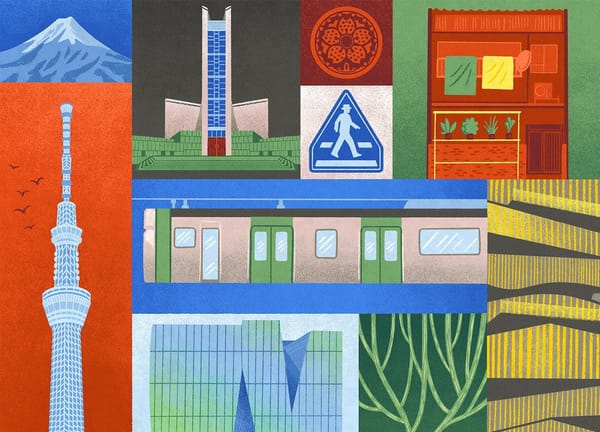Three Resolutions (No, Not That Kind)
Kicking off year two of Frontier Magazine

Welcome to our new subscribers, including the many of you who read my December 27 “media diet” in Why Is This Interesting?
A reminder: Frontier Magazine is an ideas-focused weekly newsletter that shares stories from the edges of the arts, architecture, and technology. Today, on our one-year anniversary, some “resolutions” for year two.
Love all ways,
Brian
Resolution—A formal expression of opinion, will, or intent voted by an official body or assembled group
I’ve long been fascinated by informal communities, people that gather becasue of shared affinities or shared needs—think community gardens, punk-rock scenes, even long-running WhatsApp group chats. What I like about the above definition of resolution is that “official body or assembled group” includes so much more than electoral politics.
A union is an official body. (By extension, a strike is a formal expression of opinion.) Last May I wrote about the labor movement’s accelerating uptake in the arts, architecture, and technology. A co-op is also an official body: I was fascinated by this October 2023 story about S Group, a cooperative network in Finland that has 2.5 million members and whose operations account for nearly half the country’s grocery market. And the promise of blockchain technologies, to me, is not in financial speculation, but in using them as a tool for augmenting “social technologies” like civic associations. In this newsletter, I want to think with you about both informal and formal modes of partnership, collaboration, and mutualism.
Resolution—The point in a literary work at which the chief dramatic complication is worked out
One “dramatic complication” I’ve been thinking about is the mismatches between the speeds at which infrastructure can change and at which our social expectations are evolving. My podcast interview with Drew Austin last September brought up the point that the design of our cities is slow to catch up with the norms created by smartphones and other digital technologies. It goes both ways: two episodes later, my conversation with Deb Chachra underscored that renewable-energy infrastructure is ahead of our conceptions of the futures they unlock. And I’ve had other conversations with friends about how this applies to bits as well as atoms, as in new web frameworks and tools trying to keep up with the digital experiences people demand.

Stewart Brand wrote memorably of “pace layers” in durable, dynamic systems, each changing at its own speed: “Each layer is functionally different from the others and operates somewhat independently, but each layer influences and responds to the layers closest to it in a way that makes the whole system resilient.” In this newsletter, I want to think with you about phenomena that exist at the boundaries between layers; to find ideas in one layer that might help us get unstuck at another; to highlight projects that encourage us see and appreciate the normally hidden layers “down the stack.”
Resolution—The process or capability of making distinguishable the individual parts of an object…
Alan Jacobs, explaining this week why he no longer publishes wonderful essays on “technopoly,” wrote, “I’ve given up on making arguments about where our attention should go—not primarily because such arguments are useless, though they may well be, but because I have made them already—and have instead pursued demonstration.”
Like many others, I spent lots of time last year thinking about (and writing about) artificial intelligence. The same is true of sustainability in architecture. But these are ill-defined terms. Many experts consider AI incorrect for the technologies it’s describing, and others have argued for more than a decade that sustainable architecture “hardly deserves the name.”
If year one of Frontier Magazine was about sketching the territory of this newsletter, year two will be about “pursuing demonstration.” I want to think with you more often about specific people and projects, to—as the definition above says—“make distinguishable the individual parts of an object” like AI or sustainability. Thanks for choosing to join me, and see you next week.





